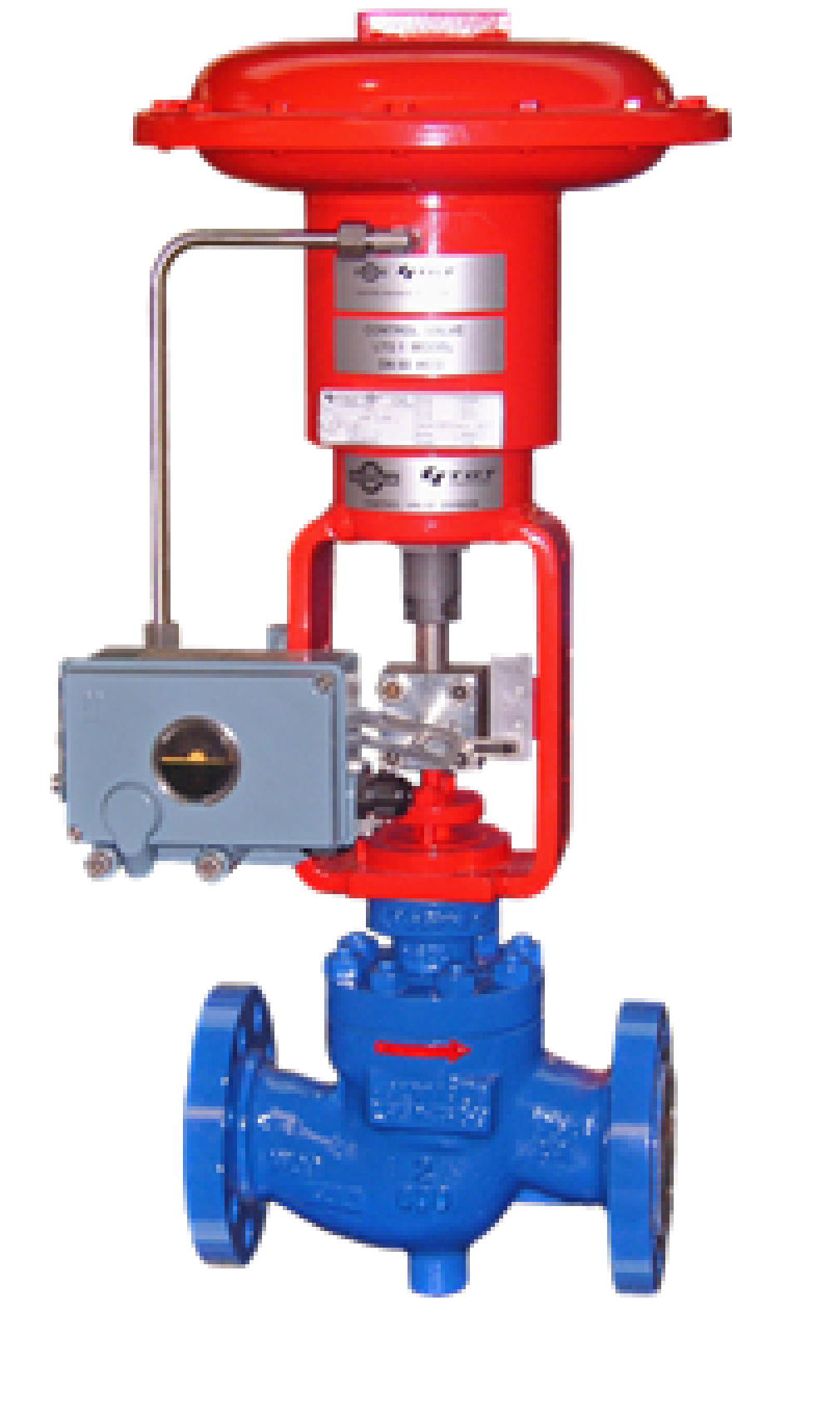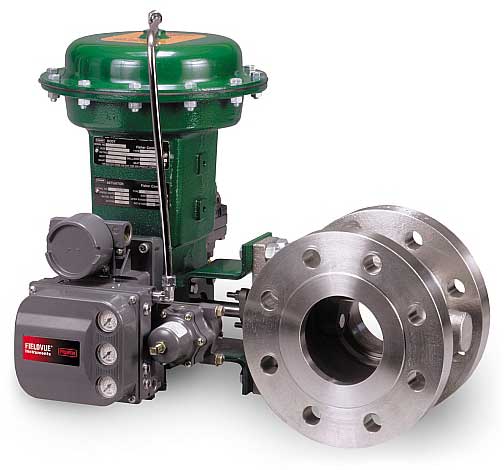Exploring the Capability of Modern Control Valves in Industrial Applications
Exploring the Capability of Modern Control Valves in Industrial Applications
Blog Article
Achieve Seamless Assimilation and Control With Top Quality Structure Automation Controls
In the realm of modern-day building monitoring, the relevance of quality building automation controls can not be overemphasized. As innovation proceeds to advancement, the combination and control of various systems within a structure have actually progressed to be more reliable and innovative. The smooth procedure and surveillance of illumination, HEATING AND COOLING, protection, and various other building features have ended up being extremely important for improving occupant comfort, energy efficiency, and total functional efficiency. The trip in the direction of attaining true integration and control is a multifaceted one, with factors to consider varying from system compatibility to cybersecurity. Accepting top quality building automation controls is not just a matter of benefit but a strategic important for companies intending to enhance their centers' efficiency and sustainability.

Development of Building Automation Controls
Throughout the past few years, the advancement of constructing automation controls has actually considerably changed the means buildings are handled and operated. Developing automation systems largely focused on basic functions such as managing air, air flow, and heating conditioning (HVAC) systems. As technology advanced, these controls have actually come to be a lot more sophisticated, enabling for a larger array of building systems to be integrated and taken care of centrally.
The evolution of constructing automation controls has actually seen a change towards more intelligent systems that can adjust to altering problems in real-time. This flexibility is critical for enhancing energy efficiency and guaranteeing occupant comfort. Additionally, contemporary structure automation controls now use features such as anticipating maintenance, remote surveillance, and data analytics, enabling facility managers to make data-driven choices to boost building efficiency.

Benefits of Top Quality Integration
The advancement in structure automation manages towards even more smart systems has emphasized the significant advantages of quality assimilation in optimizing building procedures and enhancing general performance. Quality integration of developing automation controls provides several essential advantages. To start with, it leads to improved power efficiency by permitting various systems to interact flawlessly, making certain optimum performance and reducing power waste. Second of all, high quality combination enhances occupant convenience and efficiency by allowing personalized control over ecological setups like air, lights, and temperature level high quality. This personalization can lead to a much more comfortable and conducive working or living atmosphere. In addition, high quality integration streamlines upkeep and fixing procedures, as all systems are interconnected and can be checked and regulated from a central interface. This centralized control additionally gives much better visibility and insights right into structure efficiency, making it possible for aggressive maintenance and optimization approaches. In general, the benefits of top quality integration in building automation controls are indisputable, offering enhanced performance, convenience, and operational effectiveness.
Enhanced Customer Experience and Accessibility
Enhancing customer communication with structure automation controls with instinctive layout and boosted ease of access boosts the general experience for owners and facility supervisors alike. By concentrating on individual experience, building automation systems can become much more efficient and easy to use. User-friendly user interfaces, clear navigation, and adjustable setups encourage customers to connect with the controls conveniently and effectively.
Access attributes play a crucial role in making certain that all people, including those with handicaps, can make use of the structure automation regulates effortlessly. Integrating attributes such as voice commands, tactile switches, and color-contrasted screens can enhance access and make the controls a lot more inclusive.
Moreover, enhanced user experience leads to greater individual fulfillment, enhanced productivity, and better decision-making. Residents can adjust environmental setups according to their preferences, while center managers can successfully keep track of and take care of building systems - control valves. Overall, focusing on user experience and availability in building automation manages adds to an extra seamless and efficient building environment for all stakeholders included
Sustainable Practices Through Automation

Additionally, automation can help with the integration of eco-friendly power resources such as solar panels or wind turbines right into structure operations. By immediately adjusting energy usage based upon the availability of renewable resource, structures can further minimize their dependence on non-renewable resources. This smooth integration of sustainable techniques not only profits the environment yet likewise improves the overall operational efficiency and cost-effectiveness of the structure. Through automation, structures can straighten with contemporary sustainability objectives and add to a greener future.
Future Trends in Structure Control Systems
In expectancy of developing and advancing technologies sustainability techniques, the trajectory of structure control systems is positioned to accept transformative approaches and cutting-edge remedies. One noticeable pattern shaping the future of building control systems is the increased integration of Artificial Knowledge (AI) and artificial intelligence. These technologies allow structures to adjust in real-time to altering conditions, maximizing energy consumption and boosting convenience for passengers. Furthermore, the Internet of Things (IoT) is transforming structure control systems by attaching sensors and tools to enhance operations and improve performance.
Another key pattern is the focus continue reading this on cybersecurity measures to secure against potential threats to developing automation systems. As structures end up being a lot more interconnected, ensuring robust cybersecurity protocols will certainly be important to guard sensitive data and stop unapproved access.
Additionally, the change in the direction of cloud-based platforms is getting energy, enabling centralized control and remote access to building systems. This promotes easier tracking, maintenance, and updates, improving the general efficiency and adaptability of structure control systems. As innovation remains to breakthrough, these trends are expected to shape the future landscape of structure automation controls, driving innovation and sustainability in the built atmosphere.
Verdict
Finally, constructing automation controls have advanced dramatically, offering various advantages such as enhanced individual experience, accessibility, and sustainable practices. Quality combination plays a vital duty in attaining smooth control and efficient operation of building systems. Future trends in structure control systems are most likely to concentrate on more boosting automation capacities for enhanced energy efficiency and general efficiency. It is essential for structure proprietors and drivers to focus on the adoption of quality structure automation manages to enhance building procedures and accomplish long-term sustainability objectives.
In the realm of modern structure management, the significance of high quality building automation controls can not be overemphasized. In general, the advancement of building automation Visit Your URL controls continues to drive development in the structure administration sector, using new opportunities for creating smarter and more lasting buildings.
The advancement in structure automation controls towards even more intelligent systems has underscored the substantial advantages of quality combination in maximizing building procedures and enhancing general performance. Generally, prioritizing individual experience and availability in structure automation regulates contributes to an extra smooth and effective building atmosphere for all stakeholders entailed.
It is vital for structure proprietors and drivers to prioritize the adoption of high quality structure automation regulates to optimize building operations and accomplish long-lasting sustainability objectives. - control valves
Report this page